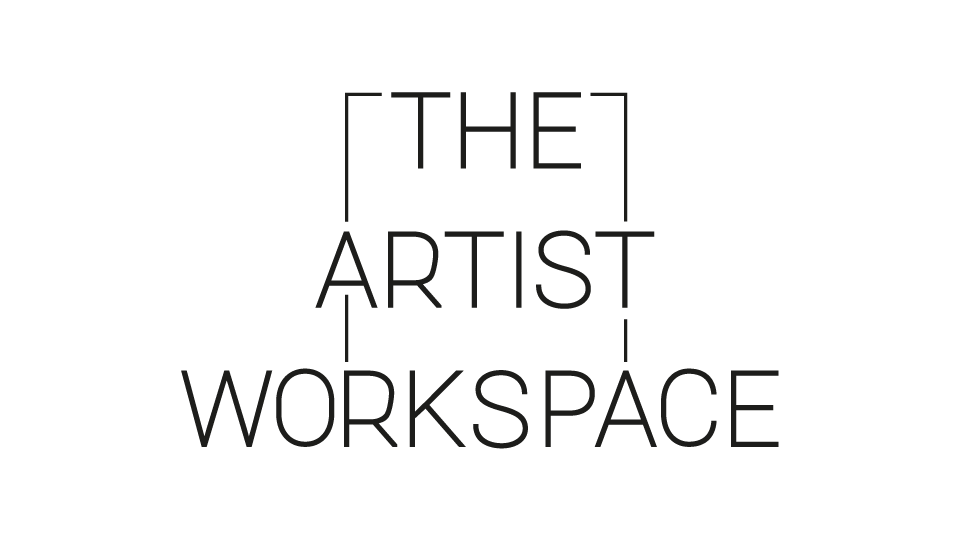(AWS in Review) Reality Ender, Avery Singer’s Solo Show at Hauser & Wirth, is a Mind Bender
Words by Emma Grayson
Wig & JUUL, 2021. Acrylic on canvas stretched over wood panel, 85 1/4 x 95 1/4 x 2 1/8 in.
A few months ago, editor and writer Emma Grayson traveled to Hauser & Wirth to see artist Avery Singer’s blockbuster solo show located in Manhattan’s Chelsea neighborhood. As the youngest artist to be represented by the renowned commercial gallery, Hauser & Wirth, artist Avery Singer’s works occupy two floors - inviting viewers into an undeniably ‘electric’ and ‘vibrantly-charged’ space. Combining her use and practice of traditional painting techniques, cutting-edge digital technology as well as her interest and fascination with 70’s graffiti artists and contemporary branded imagery such as White Claw and Juul.
Through this particular body of work, Singer captures the ‘fast-paced’ energy of modern-day New York. The tension between figuration and abstraction recognized through the juxtaposition of digital images appeals to the city’s chaotic, modern, unique and urban landscape.
Born in 1987, Singer’s evolving artistic interests - from performance to sculpture and metalwork to digital illustration - seem extraordinarily apt. In this new age of digitization and dramatic technological change, it is without a doubt that Singer’s previous physical, creative experiences prepared her for this pivotal opening show. A native New Yorker, Singer spent her summers taking art classes all over the city. In High School, she developed a knack for both math and science - turning to art as a way to stimulate her ‘high-functioning’ mind.
The Edgelord, 2021. Acrylic on canvas stretched over wood panel, 100 1/4 x 120 1/4 x 2 1/8 in.
In 2008, Singer studied abroad in Germany at the Städelschule, Frankfurt am Main with notable art historian Isabelle Graw. In 2010, the artist found herself back in New York City where she earned her B.F.A. from Cooper Union. Around this time, she found herself accidentally experimenting with the application known as Google SketchUp, a 3D design software often used for designing exhibition spaces. Using this specific technology as an integral part of her work, Singer’s pieces ‘toe the line’ between traditional painting and digital illustration.
The artist’s work is modern - yet it is also hyper-contemporary. Combining the traditions of fine art and digital art, Singer uses Google Sketchup software to generate a basic underdrawing - applying acrylic paint onto her canvas via an airbrush. Adding a layer of liquid rubber to the painting’s surface, the artist creates a ‘glitch-like’ appearance to the work’s final appearance.
When viewing Singer’s work in the exhibition, your mind can not help but imagine how Singer works so expertly and effortlessly in both traditional and digital mediums: Is it 3-D? Will it move if I look at it long enough? Her hands were all over the canvas… but were they? The overall busy, chaotic appearance of Singer’s work leaves the viewer with a completely mind-boggling and mind-bending lasting impression.
Her work proves that: ‘Art can be [truly be] whatever you [the artist] want it to be.’
Installation view, ‘Avery Singer. Reality Ender,’ Hauser & Wirth New York, 22nd Street, 2021.
Happening, 2021. Acrylic on canvas stretched over wood panel, 95 1/4 x 85 1/4 x 2 1/8 in.
With the hype surrounding NFTs at the moment, it is no surprise that Singer jumped on this new trend: dropping her latest NFT artistic creations via the platform SuperRare entitled, White Claw 18th C. Variety Pack (Lard), 2021. Outside of the NFT world, works such as China Chalet, 2021 and Wig & JUUL, 2021 call attention to Singer’s interest in graffiti art and in other commercial brands and imagery.
Avery Singer might be ‘the new kid on the block at Hauser & Wirth,’ but her work strives to answer the questions that many of us in the art [and virtual worlds] have been asking for ages: Is reality as we know it coming to an end? Has it already happened?
Singer’s work highlights the chaotic reality of what it feels like to live in present-day New York City: juxtaposing 70’s street art with 21st century brands and commercial images as a way to illustrate a dialogue between both ‘old and new New York.’ In the city that ‘never sleeps’ [a tired, overused yet relevant phrase], Singer’s work serves as a reminder that ‘you are never truly alone’ when it comes to living in this electric, vibrant and urban landscape.





